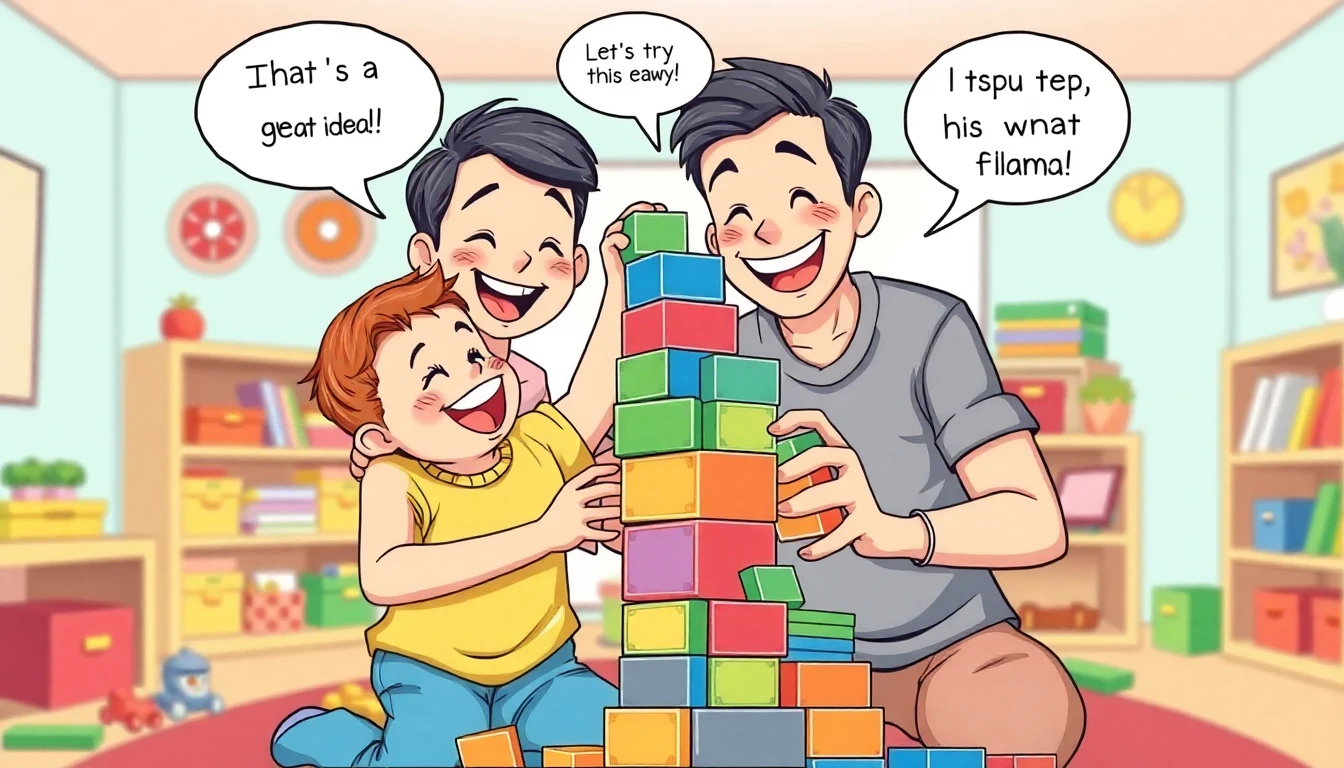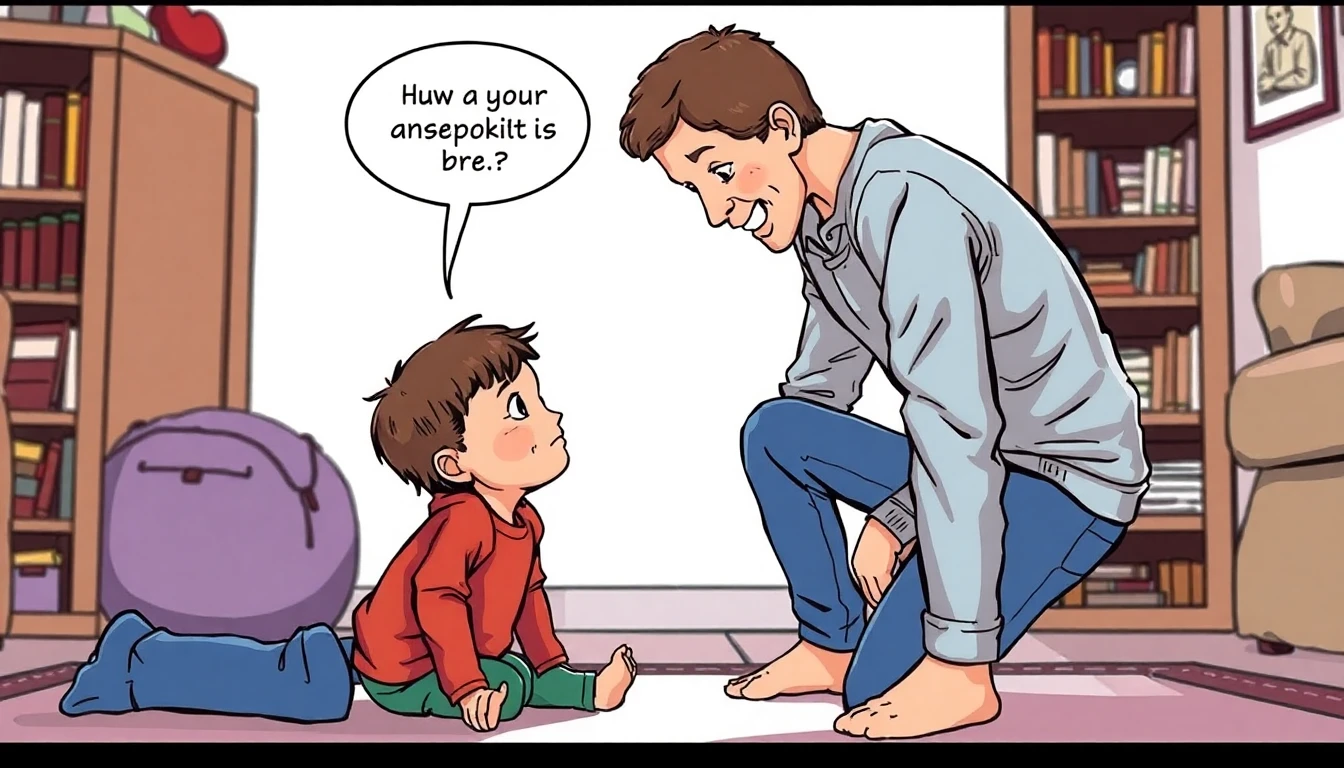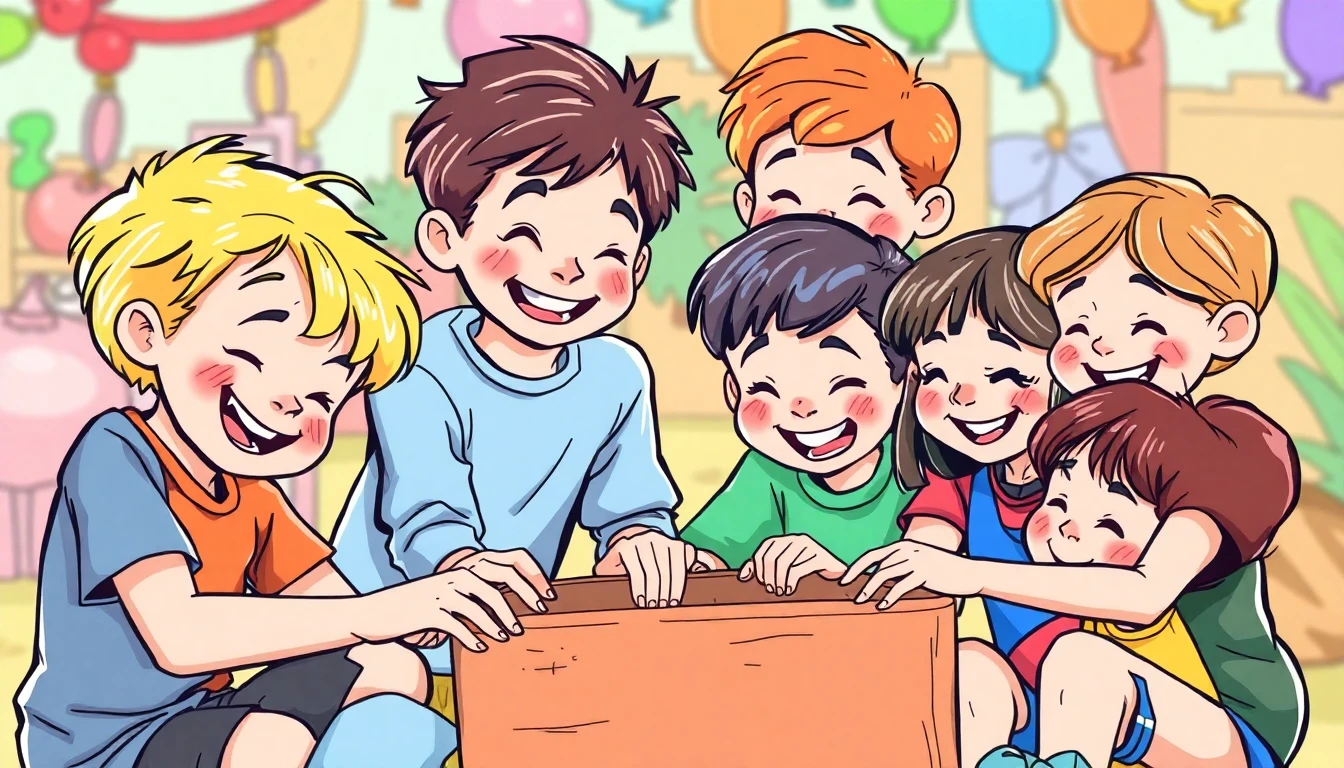
Introduction
As parents, we all want our children to be happy, confident, and ready to take on the world. We hope they’ll bounce back from setbacks, keep trying when things get tough, and believe in themselves. While natural talent plays a part, there’s something even more powerful we can nurture in our kids: a growth mindset.
But what does that really mean? And how can we help our 5-7 year olds develop it right at home, in the middle of our busy, everyday lives?
A growth mindset is simply the belief that our abilities and intelligence can grow with effort, practice, and learning from mistakes. It’s the opposite of a fixed mindset, which says, “I’m either good at this or I’m not, and that’s that.” Kids with a growth mindset see challenges as chances to learn, keep going when things are hard, and feel proud of their progress even if it’s slow.
Why does this matter so much for young children? Because the beliefs they form now shape how they approach learning, friendships, and life’s ups and downs for years to come. Imagine your child learning to ride a bike. With a fixed mindset, they might give up after a few wobbles, thinking, “I’m just not good at this.” But with a growth mindset, they’ll see each fall as a step closer to success, and keep trying until they’re zooming down the sidewalk with a huge grin.
The best part? You don’t need fancy programs or special training to nurture a growth mindset. All it takes is a supportive home environment and a few simple, fun activities woven into your daily routine. Let’s explore how you can help your child build a strong, resilient mindset starting today.
Understanding the Growth Mindset for Young Children

Before we jump into activities, let’s take a closer look at what a growth mindset really looks like for young kids and how it’s different from a fixed mindset. Knowing the difference will help you spot moments when you can gently guide your child toward more positive, growth-oriented thinking.
Fixed Mindset vs. Growth Mindset: What’s the Difference?
Think of a fixed mindset as believing your abilities are like a small jar there’s only so much you can fit inside. A growth mindset, on the other hand, is like a balloon that can keep expanding as you learn and grow.
- Challenges: Kids with a fixed mindset might avoid challenges because they’re afraid of failing. Those with a growth mindset see challenges as fun puzzles to solve.
- Effort: In a fixed mindset, effort feels like a sign you’re not smart enough. In a growth mindset, effort is the magic ingredient that helps you get better.
- Mistakes: Fixed mindset kids fear mistakes they see them as proof they’re not good enough. Growth mindset kids know mistakes are just part of learning.
- Feedback: Feedback can feel like criticism to a child with a fixed mindset. But with a growth mindset, feedback is helpful advice for getting better.
- Other People’s Success: A fixed mindset can make kids feel jealous or discouraged when others do well. A growth mindset helps them feel inspired and curious about how they can learn, too.
Listening for Fixed Mindset Language
Pay attention to the words your child uses. Here are some common fixed mindset phrases:
- “I’m not good at this.”
- “This is too hard.”
- “I’ll never be able to do it.”
- “She’s just smarter than me.”
When you hear these, try gently rephrasing them together:
- “You’re not good at it yet. But you can get better with practice!”
- “It is hard, but hard things help our brains grow.”
- “Let’s break it into smaller steps and try again.”
- “She might have practiced more, but you can learn, too!”
Fun Growth Mindset Activities for 5-7 Year Olds at Home
1. The Power of “Yet”
This tiny word is a game-changer. Whenever your child says, “I can’t do it,” add “yet.” For example: “I can’t ride my bike… yet.” “I can’t read that word… yet.” It’s a gentle reminder that learning is a journey.
Real-life example: My nephew used to get so frustrated trying to tie his shoes. He’d say, “I can’t!” Every time, my sister would reply, “You can’t tie your shoes yet. Let’s practice a little each day.” Eventually, he did it and the pride on his face was priceless.
2. Focus on the Process, Not Just the Outcome
Instead of only praising the end result (“You’re so smart!”), notice and celebrate the effort, strategies, and persistence your child shows. Try saying, “I love how hard you worked on that puzzle!” or “You tried a new way when the first didn’t work. That’s great problem-solving!”
Activity: When your child is drawing or building, ask about their process: “What made you choose those colors? What was tricky? How did you figure it out?”
3. Embrace Mistakes as Learning Opportunities
Help your child see mistakes as normal and even helpful. Share your own mistakes and what you learned from them. Laugh about little mix-ups together.
Activity: Play a silly game where you do things “wrong” on purpose like putting your shoes on your hands or brushing your hair with a spoon. Giggle together and talk about how mistakes are just part of learning.
4. Read Growth Mindset Stories
There are so many wonderful picture books that celebrate effort, perseverance, and learning from mistakes. Some favorites:
- Rosie Revere, Engineer by Andrea Beaty
- The Most Magnificent Thing by Ashley Spires
- Beautiful Oops! by Barney Saltzberg
Activity: After reading, chat about the story. “What challenge did the character face? How did they keep going? What can we learn from them?”
5. Growth Mindset Journaling
Encourage your child to keep a simple journal (drawing or writing) about their learning adventures. They can jot down something they learned, a challenge they faced, or a mistake they made and what it taught them.
Activity: Give your child a notebook and some colorful pens. Each day, ask, “What’s something you learned today? What was tricky? What are you proud of?” You can even write or draw together.
6. Celebrate Effort and Perseverance
Make a big deal out of your child’s hard work and stick-to-it-iveness, not just their wins.
7. Model a Growth Mindset Yourself
Kids learn so much by watching us. Let them see you try new things, make mistakes, and keep learning.
Personal story: When I was learning a new computer program for work, I told my daughter about my struggles and how I kept practicing. She saw me get frustrated, ask for help, and finally figure it out. It was a great way to show her that learning never stops even for grown-ups!
Creating a Growth Mindset Environment at Home
Beyond activities, the overall vibe at home matters, too. Here are some ways to make your home a growth mindset-friendly place:
- Encourage curiosity: Let your child ask questions, explore, and try new things even if it gets a little messy!
- Make learning fun: Read together, play games, and explore the world. Show your child that learning is an adventure.
- Focus on strengths: Notice what your child loves and is good at, and help them build on those interests.
- Limit screen time: Encourage active play, creativity, and problem-solving instead of too much time on devices.
- Be patient and supportive: Growth takes time. Celebrate small steps and remind your child (and yourself!) that everyone learns at their own pace.
Frequently Asked Questions
What if my child gets really frustrated and wants to give up?
That’s totally normal! Acknowledge their feelings: “I see you’re frustrated. It’s okay to take a break.” Help them break the task into smaller steps, or try a different approach. Remind them of times they’ve overcome challenges before, and let them know you’re there to help.
How do I help with perfectionism?
Perfectionism often comes from a fixed mindset. Focus on effort, not just results. Praise creativity, persistence, and trying new things. Share your own mistakes and how you learned from them. Remind your child that nobody is perfect and that’s okay!
Is it okay to praise my child’s intelligence sometimes?
It’s natural to want to say, “You’re so smart!” But research shows it’s more helpful to praise effort, strategies, and problem-solving. Try, “I’m proud of how you worked through that challenge!” or “You really thought that through!”
Closing Thoughts
Helping your 5-7 year old develop a growth mindset is one of the best gifts you can give them. By creating a supportive, encouraging home and focusing on effort, perseverance, and learning from mistakes, you’re setting them up for a lifetime of confidence and curiosity.
Remember, this is a journey. There will be ups and downs, and that’s okay. Celebrate the small wins, learn from the tough moments, and keep cheering your child on. With your love and support, they’ll discover that they can learn, grow, and achieve amazing things one step at a time.
You’re doing a wonderful job. Keep nurturing those young minds and don’t forget to celebrate your own growth along the way!




